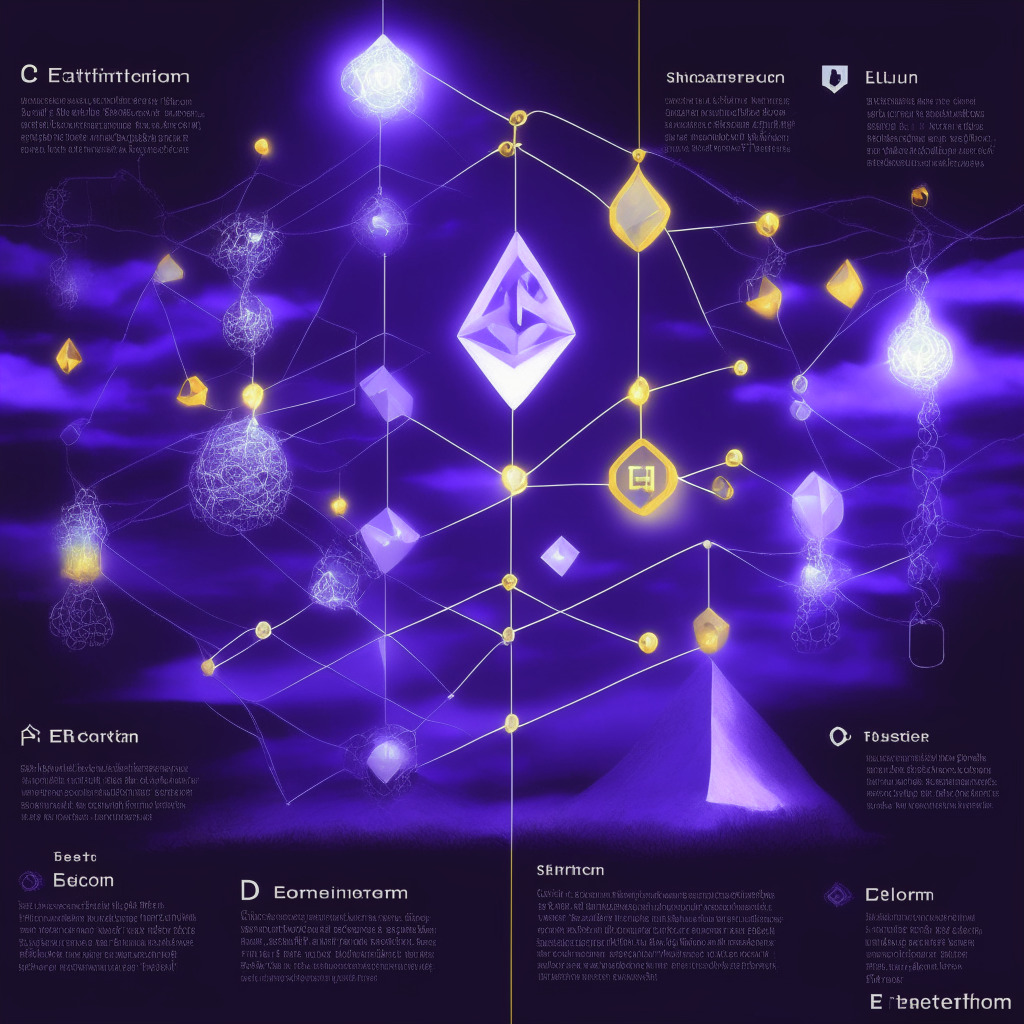The Ethereum community has been invigorated by the introduction of a novel layer-2 scaling solution of ConsenSys named Linea. Fueled by zero-knowledge proofs, Linea facilitates developers in the creation or migration of decentralized applications for Ethereum. The exceptional attribute of Linea rests in its capability of seamless interaction with the Ethereum blockchain, as it is Ethereum Virtual Machine (EVM) equivalent.
Reports reveal that Linea’s testnet period involved more than 5.5 million unique wallets undertaking over 46 million transactions. Throughout this period, it was noted that Linea’s performance, user experience, and transaction cost all underwent enhancements. The alpha release, established from July 11 with over 100 partners, demonstrated a speedy throughput and transaction fees that were 15 times less than those that are executed on Ethereum’s mainnet.
Concerns about scalability and usability are brushed aside with the revelation that layer 2 Ethereum scaling protocols are significant driving factors behind the development of Web3 applications and functionality, as mentioned by ConsenSys founder and CEO, Joseph Lubin. Linea has also been associated with the popular Ethereum browser wallet MetaMask, which allows users to utilise its token bridge, buy and swap features.
The decentralized finance (DeFi) applications are looking to shift to Linea so they can leverage its rapid finality, efficient bridge, and security, inherited from Ethereum’s mainnet. This transition could enable performance improvement of non-fungible tokens, blockchain games, and social media applications.
On the other hand, a slight hint of scepticism arises in the form of a compulsory bug bounty and a drawn-out monitoring phase before Linea can be fully open to its users. In the first week, only established partners of Linea can perform operations on the network, and even after its formal introduction, some limits might be placed on withdrawals over an initial 90-day period.
Nonetheless, Linea’s alpha mainnet remains a promising platform, launching its Linea Ecosystem Investment Alliance (EIA). This alliance aims to see over 30 venture capital firms reserve capital and advisory services for ecosystem developers.
It is clear to see that while Ethereum’s layer-2 solution is a beacon of progress, there is a long road to plough before end-users can make full use of Linea without any restrictions. But if the start is anything to go by, the future for Ethereum’s scalability does seem encouraging.
Source: Cointelegraph




